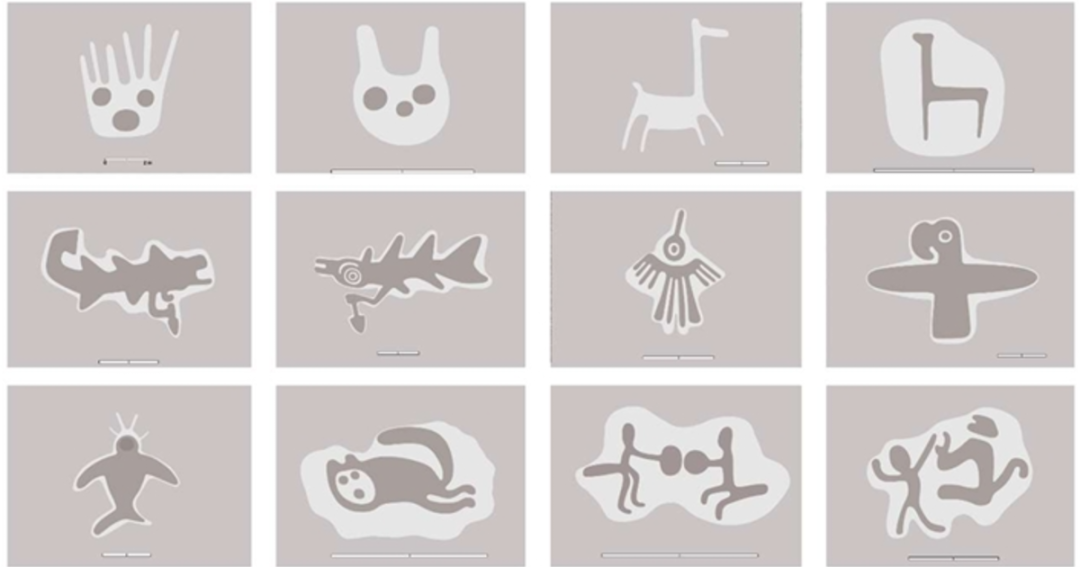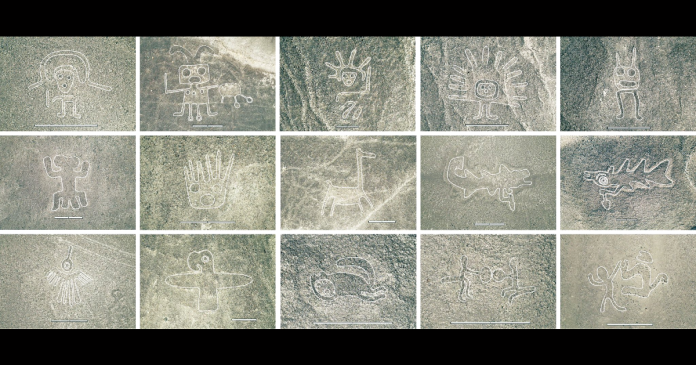Hundreds of ancient geoglyphs depicting human heads and domesticated llamas were discovered in the Peruvian desert with the help of artificial intelligence. Back in September of 2024.
Geoglyphs are smaller and older (1st century BCE during the Initial Nazca period 100 BCE to 50 CE) than the Nazca lines and other figures found to date. Nazca lines portray huge geometric shapes stretching several kilometers or wild animals about 90 meters long on average.
The newly discovered images typically depict humanoids and domesticated animals as figures around 9 meters long. Some even hint at human sacrifice, portraying decapitated heads and killer whales armed with blades.

They were found by training an AI model to look for them in aerial photos. The high-resolution photos covered an area about 10 times the size of Manhattan, encompassing the desert plateau called the Nazca Pampa and its surroundings, which are located on the UNESCO World Heritage Site for the Nazca lines.
The A.I. then produced a gridded map that categorized the probability of each grid square containing geoglyphs.
Researchers still spent more than 2600 hours manually inspecting the highest-probability photos and doing field inspections at the sites.
The AI-based analysis of remote sensing data is a major step forward, nearly 1000 A.I. identified candidates still await inspection.

